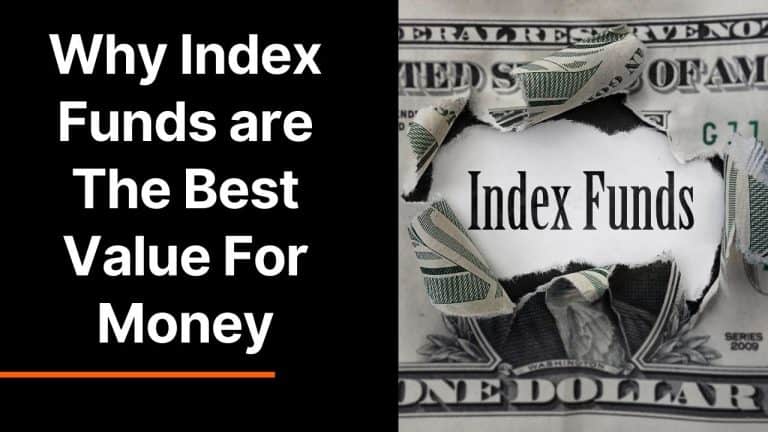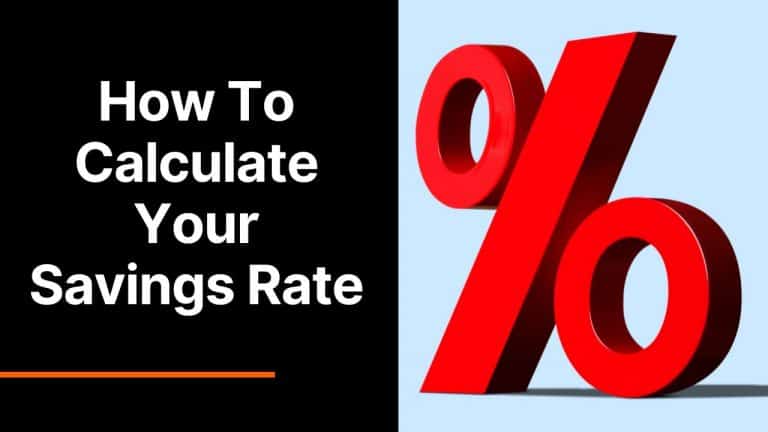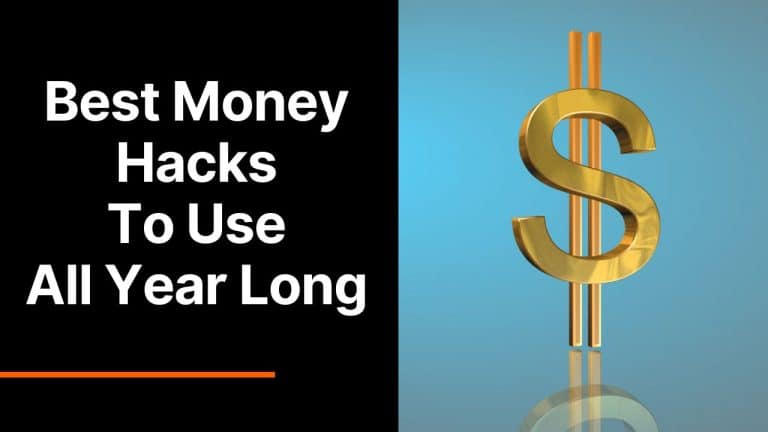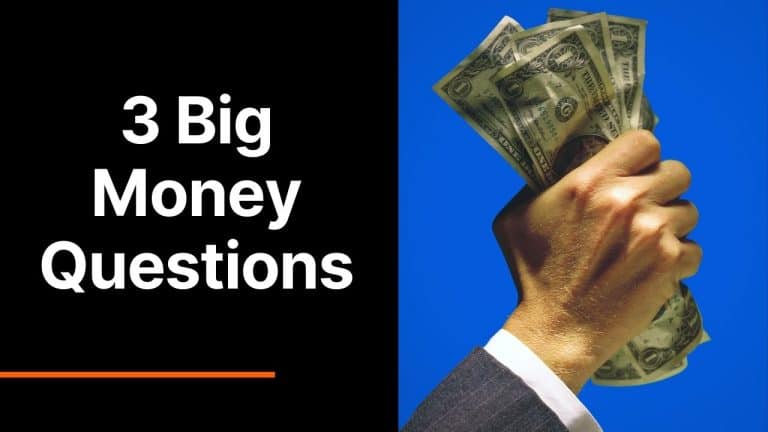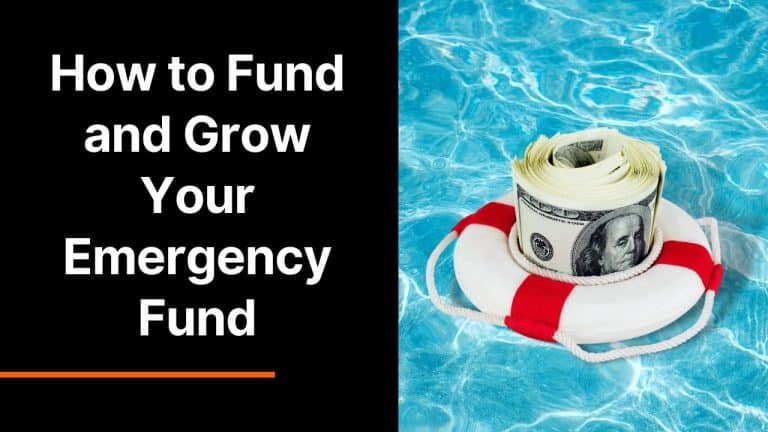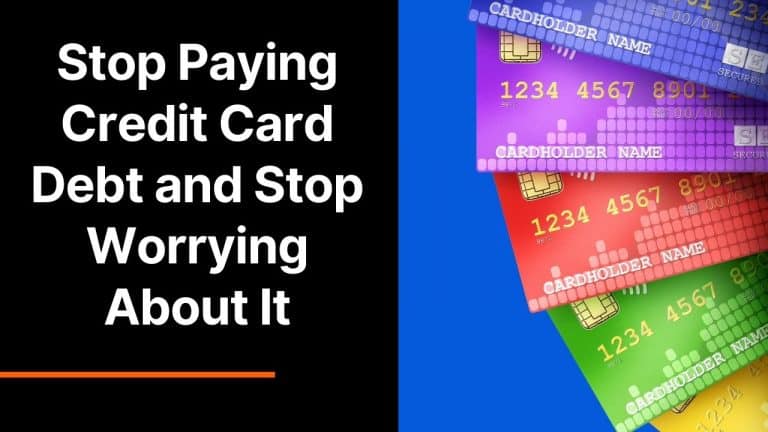The Amazing History of Money and How Money ACTUALLY Works
Today you log into your bank account, and you see a number.
Of course, the number on your screen is the amount of money in that account.
But the real question is, what is the value of that number? Or rather, what value does that number represent?
By now, you have heard terms like inflation and recession. You walk into a store and find items on the shelf costlier than when you bought them the last time.
What $100 could buy last time, today it buys less.
This raises the question, what is your money’s value? How does money work?
Why Understand How Money Works?
Money makes the world go round.
There is little you can do without money. But very few people understand how money works.
[snippet]
You need to understand the history of money to understand how it works. Understanding how money works puts you in a better position to earn, spend, save and invest wisely.
[/snippet]
You’ll understand the true value of your money, allowing you to take control of your money rather than being in a perpetual rat race chasing the dollar.
The History of Money Dates Back to Barter Trading
The concept of money can be traced back to the barter trade ages.
During this time, there was no actual money to go around. People traded value. If I needed something, I had to give up something else of the same value in exchange.
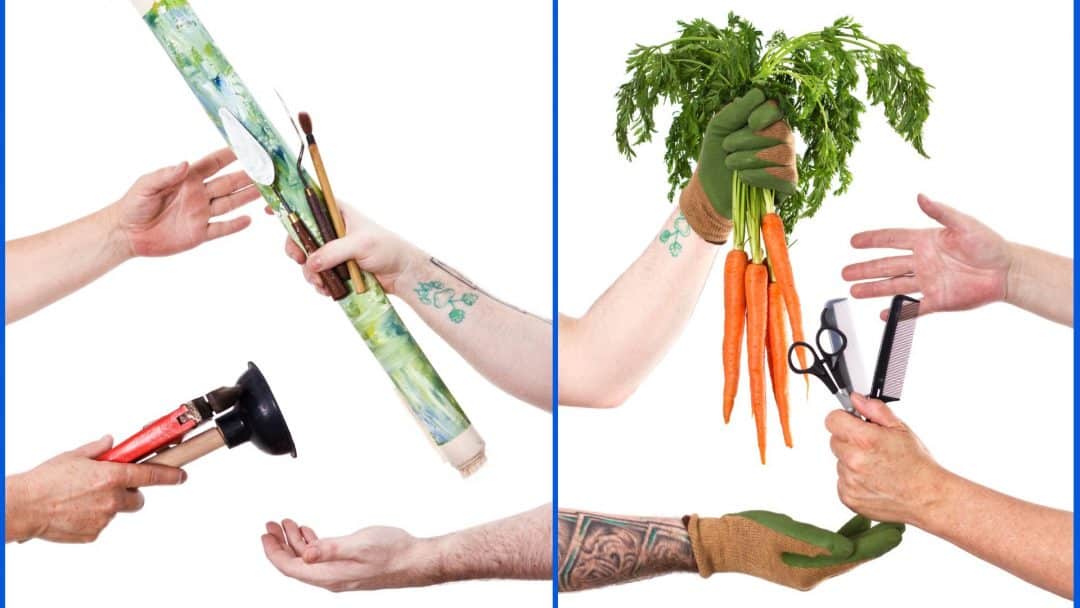
For instance, if I needed firewood to cook, I would have to give, in exchange, milk or grain of the same value. This worked for the older societies for some time.
But, challenges arose with the barter system.
For example, say I’m a potato farmer.
When I harvest my potatoes, I have something of value that other people would want. My potatoes would be my exchange currency.
But what happens when everybody around me does not want my potatoes, or they’ve farmed their own?
Where do I take my potatoes, and more importantly, how do I get the needs I was looking to satisfy with the exchange of my potatoes?
This was the first challenge with barter trade.
The second was, who was to say what amount of my potatoes were equal to, say, a gallon of milk? Again, there was no standardized measure.
The lack of standardization made it difficult to trade.
How Money Works – The Invention of Currency
The earliest known form of currency is over 5000 years and was known as the Mesopotamian Shekel.
The challenges of barter stated above necessitated the invention of currency.
Having a currency meant that now when I harvested my potatoes, I could exchange them with the money that my society used at the time for precious metals.
For instance, the Mesopotamian Shekel or the silver penny.
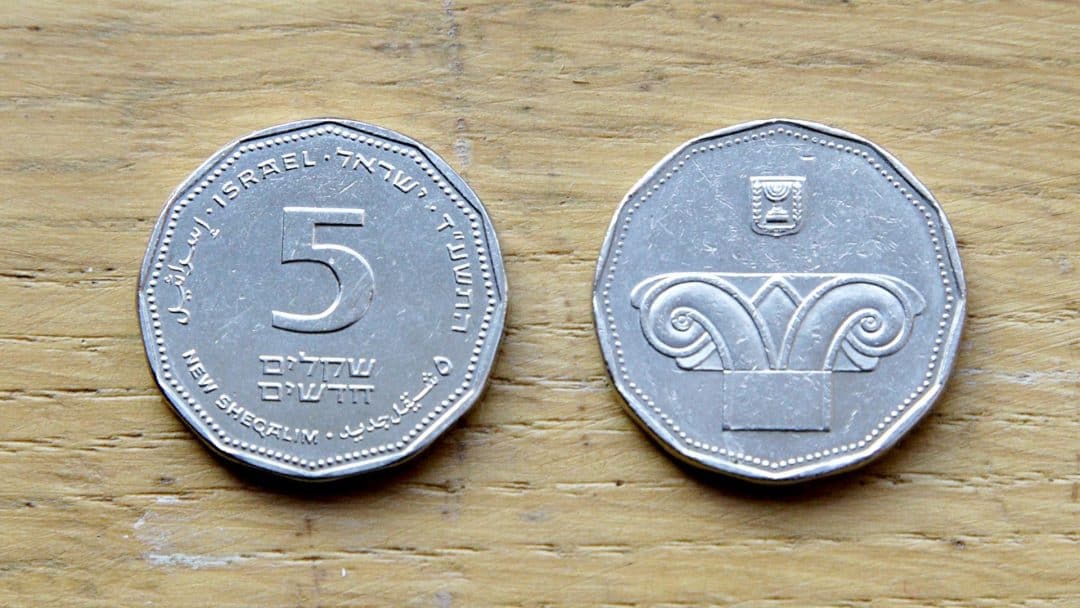
I would use the Shekels I earned in exchange for any other item I wanted, say milk.
But again, the second challenge of the barter trade still exists. Who determines how many Shekels I get for my potatoes and how much I pay for the gallon of milk?
This gave rise to the marketplace.
The laws of supply and demand took root here. The value of my potatoes was now dependent on the supply available. If everybody had potatoes, my potatoes would not be worth much, but I was the only one with potatoes.
I could ask for as much as possible, and the market was willing to pay. The same went for milk and all other goods.
Physical Money
Initially, when the currency was invented, it was curved out of silver and gold coins.
Money was curved out of these metal coins because these precious metals were rare. If the coins were made of steel or iron, everyone would bend theirs, and they wouldn’t have to trade to acquire them.
This would render the whole currency system useless.
But the scarcity of gold and silver made it so that the only way you acquired gold or silver coins was when you traded.
But this system and commodity money, too, had its challenges.
For starters, gold and silver metal coins are bulky. Carrying them around, especially when about to make a big purchase, was cumbersome. Second, it was very insecure.
If somebody robbed of your coins, you lost your entire wealth. Your ability to purchase was lost in an instant.
To avert this, banks became relevant. With a central bank, you could keep your gold and silver in the bank, and the bank would give you a bill to prove you had that amount of silver or gold with them.
With time, this evolved, and only gold was used as the standard store of value.
The bill extended to you by the central bank to represent the amount of gold you had stored with them is what you used to trade.
Bills were easier to carry, and your gold was safe in the bank.
How Money Works – The Gold Standard History of Money
Using gold as the standard store of value gave rise to the gold standard.
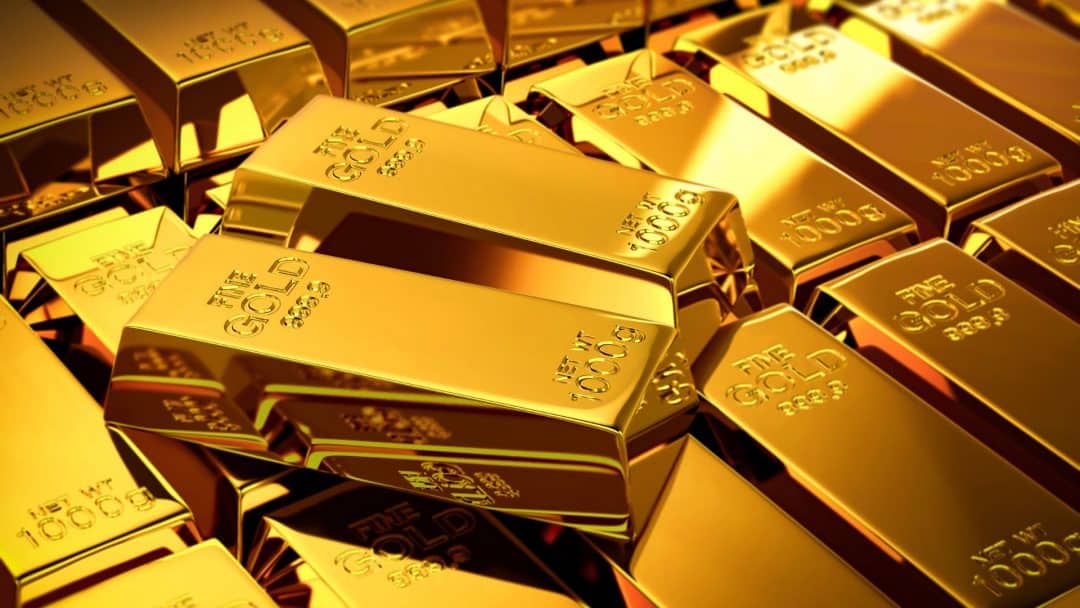
The gold standard is rightly referred to as standardized transactions. For example, the price of milk and potatoes became standardized, although the market decided the prices.
But more so, the gold standard meant we could not have more money than the gold we had.
So all the bills printed had to be backed up with physical gold. The only way to increase the amount of money was to mine more gold and increase the reserves.
But gold is scarce and limited in our environment, so it rightly puts a check on the system.
Getting Out of the Gold Standard – 1933
Moving on from the gold standard is an important event and turning point in the history of money.
After the recession in 1929, the economy was struggling to bounce back. As a result, people started losing faith in the banking system.
The government had to act promptly to prevent a bank run. A bank run is where everybody wants to withdraw their gold and hoard it for themselves.
The Roosevelt government at the time took action. It required that all gold work of more than 100 dollars be returned to the Federal Reserve.
They also banned withdrawals of gold bars and export of the same.
When the government took back the gold, they bought it at $20 per ounce. But when they distributed it back to the American citizens, they sold it at $35 per ounce.
So, essentially, the government inflated the price of gold to increase the amount of money in circulation.
To boost money in circulation even further, Roosevelt approved that silver could also back up the currency. So now, the money in circulation was backed by gold and silver.
Although the money was backed by gold and silver, this was a partial departure from the gold standard.
Getting Out of the Gold Standard – 1971
The United States abandoned the gold standard in 1971 under President Nixon.
Inflation was high at the time, and a recession was looming. The government needed a way to spend more, for instance, on salaries and wages, to speed up the economy.
Being on a gold standard limited the government’s ability to spend as needed. So, President Nixon took the dollar off the gold standard officially.
Inflation
But as much as abandoning the gold standard was a way to avert a recession, it created a different problem. Inflation.
Inflation is your money losing its purchasing power.
You might have noticed that what you bought with $100 ten years ago today is maybe twice or thrice that money. This is a clear indication of your money losing its purchasing power.
Since we are off the gold standard, the government can print paper currency on demand. The act of printing paper money increases the dollars in circulation.
The more dollars in circulation, the less a dollar is worth. And when the amount of dollars in circulation doubles, your dollar’s value is cut in half.
How Money Works – The Fiat System
After abandoning the gold standard, we essentially came into a fiat system.
A fiat system is one where the money has no physical backing, and the only thing that makes it worth anything is the trust we endow the government.
This is a delicate system because it works well when the government is in good shape.
But when the government starts deteriorating, it goes down with our money. This has seen countries experience severe inflation, like Zimbabwe and Venezuela.
From Paper Money to Mobile Payments and Virtual Currency
The 21st century has introduced two new forms of currency: mobile payments and virtual currency.
Mobile payments are money rendered for a product or service through a portable electronic device, such as a cellphone, smartphone, or tablet.
Mobile payment technology can also send money to friends or family members.
Increasingly, services like Apple Pay and Google Pay are used to make everyday purchases, from groceries to coffee. While mobile payments are still in the early stages of adoption, it’s clear that they’re becoming more popular each year.
On the other hand, virtual currency is a type of digital currency that is not linked to any physical currency.
While many people are still unfamiliar with virtual currency, it is clear that this form of money is here to stay. As the world continues to become more digitized, it is likely that mobile payments and virtual currency will only become more prevalent.
Is Money Worth Anything?
Money is still an exchange of value.
While a solid asset might not back it, it is still what we use to exchange our value. Our value comes in the form of time and energy.
And time and energy are finite resources like silver and gold. So measuring your money’s worth using limited resources is one of the most reliable ways to keep adjusting.
Adjusting to the inflation rate, your time and energy costs should be changed too. This is how you value your time.
Every minute that passes by is worth money. Money is everything.
You must take your time and effort seriously because that’s your money. The time you have is money on the table, and if you use it wisely, you get to keep more of it.
So, don’t waste your time or life.

